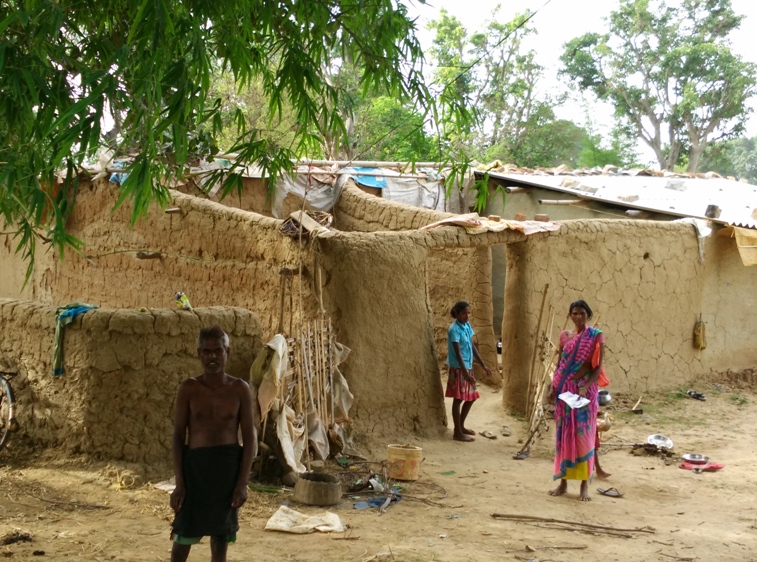Based on a survey of over 900 households in Jharkhand, a report by International Institute for Sustainable Development (IISD) finds that residential electricity subsidies are not well targeted and that wealthier households in Jharkhand receive more than twice the share of benefits received by poor households.
In rural areas, the top two quintiles—the richest 40 per cent—received 61 per cent of subsidy benefits, and the bottom two quintiles received 25 per cent. Among urban households, the top two quintiles received 60 per cent of benefits and the bottom two received 25 per cent.
The research evaluated three mechanisms that can improve subsidy targeting and deliver savings for the state government. In light of COVID-19’s impacts on the affordability of living, the research recommends taking a highly cautious approach in the short term to prevent any further hardships at the current time. In the medium term, however, it recommends rationalizing subsidies for better-off households to better target support to the poorest.
Official Link to Full Report
Even today, Jharkhand can confidently restrict subsidies for households consuming more than 300 kWh of electricity per month, as very few households are well-off enough to consume at this level. For the medium term, the research recommends an incrementally decreasing subsidy for consumption blocks between 50 kWh and 200 kWh. We estimate this would generate fiscal savings of least USD 44 million, which could be used to increase support for the poorest or contribute to tackling the current health and economic crisis.
Many other state governments in India have tariff and subsidy structures similar to Jharkhand. The statewide survey could represent a larger national trend, where residential electricity subsidies are skewed toward non-poor households. But the lack of good data on targeting electricity subsidies is a major knowledge gap across the country. The report recommends making energy access fairer for poor households by encouraging state governments, electricity regulators, and electricity distribution companies to analyze who benefits most from electricity subsidies and test different targeting strategies.
Featured photograph, sourced from thewire.in shows a village in Jharkhand. Photograph is for representation only.



